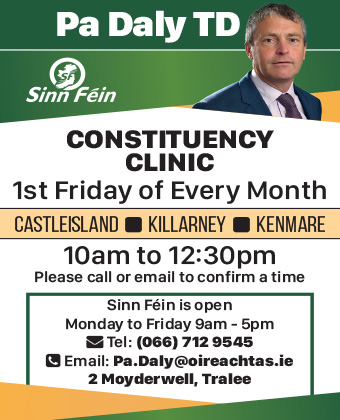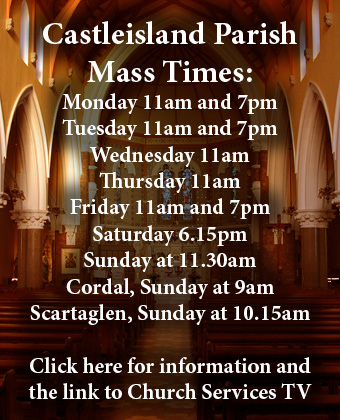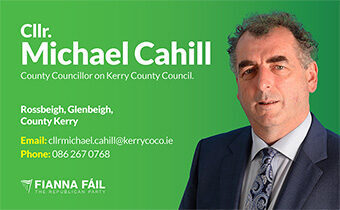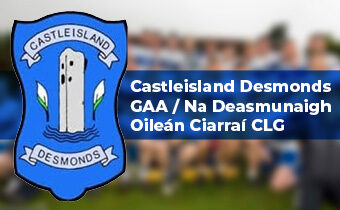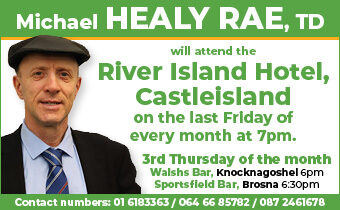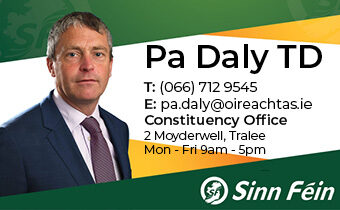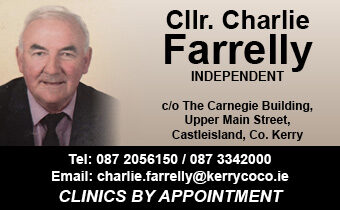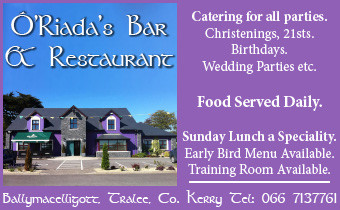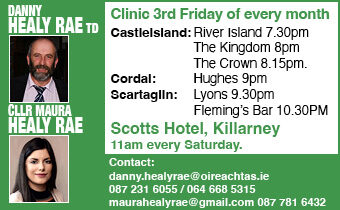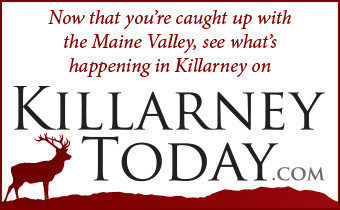
It’s SnaG Week. Tá SEACHTAIN NA GAEILGE (Márta 1-17-2014) anseo. Agus bhí smaoineamh agam inné rud eigeann á dheanamh cun ceillúradh a chuir le tusnú an ócáid speisialta seo.
It’s Seachtain Na Gaeilge from March 1st to 17th. It used to be a week long but it’s now grown to a fortnight (coicís) and a few days for luck and to take in St. Patrick’s Day. But the original Seachtain (week) tag stands – and why not.
I though we should mark its arrival in some way at the start of the week. Up stepped West Kerry musician and native Irish speaker, Breanndán Ó Beaglaoich with an article on place names. To tell the truth he sent it to me a couple of weeks ago but I wanted to hold it until today as a mark of respect to ár teanga áitiúil.
Bilingual Signposts and Diluted Translations
By Breanndán Ó Beaglaoich
I have always had an interest in place names. Being a musician means traveling a lot and when I travel through the countryside, I have a habit of translating the ‘Irish’ meaning of place names in my own head or to whoever may be traveling with me. I have found that people are usually very interested in the meaning. When I travel over the border to Northern Ireland, where the place name signs are only in English I have to guess what the root Irish place name and meaning once was. In the Republic it is great to see place names in both Irish and English.
While it is great to see the names in two languages, the translation from Irish to English is a huge insult to the English language as it is only a phonetic translation and nothing whatsoever to do with literal translation which is so important when you come into a new place or town. This phonetic translation is also a subconscious reminder of occupied Ireland and the value that the British occupation put on the native tongue, in that they knew that when the switch was made from Gaeilge to English being spoken the hidden Gaelic conscious/subconscious thinking was severely watered down and was only visible in the best of Hiberno-English. In most circumstances, I would imagine that linguists had nothing to do with these translations, but rather ordinary British soldiers trying to take their bearings in a wild and barren land.
Almost all our place names ‘as Gaeilge’ are descriptive in that they are not just a name to give you your bearings but they tell you a lot about the place. Say for instance County Mayo. It means absolutely nothing until you translate it to Irish and then translate it properly into English.
Mayo = Maigh Eó = The Plain of the Yew Tree
In this translation we have the poetry of the meaning. While there may be very little flat lands in Mayo, this describes a flat plain with Yew trees which tells its own story of the type of terrain which is suitable for such trees. Straight away you know more about the place and give a deeper understanding by those who live there of their own place and the actual yew tree as it is the main tree of that county.
Further examples of this are:
Terenure = Tír an Iúir = The land of the Yew Tree
Leixlip = Léim An Bhradáin = Salmon Leap
Gortagannive = Gort Na Gainnimhe = Sandy Field(Kilmaley,Co.Clare)
Cappoquinn = Ceappach Chuin = Connor’s Tillage Plot.
New Two Pot House = Tigh Nua An Dá Phota = New House Of The Two Pots.
Nadd (Co.Cork) = Nead an Fhiolair = The Eagles Nest
Tonavaan = Tóin An Bháin = The Bottom of the Good Land
On top of that you have examples of place names given to us from the Vikings such as:
Wexford = Loch Garmáin = Muddy Bay (Norse)
Smerwick = Cuan An Ime = Butter Bay
And if you go over the border to Northern Ireland you could have:
Limavaddy = Léim an Mhadra = The Dog’s Leap
Derry (London Derry) = Doire Cholm Cille = The Oak Forest of Colm Cille
At very little expense to the tax-payer, sign-posts could all read like that. These changes could take place gradually, as sign posts need to be replaced for various reasons and it would cost very little to write the meaning of the place name on that sign. Above all it would instill a sense of curiosity and inquisitiveness in people about their own locality. Historians, Linguists, Gaeilgeoirí and Béarlóirí would all be delighted with these simple changes, not to mention the people who live in the locality and their sense of place. It would also be of benefit to tourism and give another angle to our rich and proud heritage which has produced among other talents writers such as Brian Friel who dealt with this topic in his world renowned play ‘Translations’ in which he says “It is not the literal past, the facts of history, that shape us, but the images of the past embodied in language”.
The excerpt below from that play uses terms such as “sinister”, “riddled with confusion” and “eroded”. It’s time we fixed this.
OWEN: What is happening?
YOLLAND: I’m not sure. But I’m concerned about my part in it. It’s an eviction of sorts.
OWEN: We’re making a six-inch map of the country. Is there something sinister in that?
YOLLAND: Not in …
OWEN: And we’re taking place names that are riddled with confusion and …
YOLLAND: Who’s confused? Are the people confused?
OWEN: And we’re standardising those names as accurately and as sensitively as we can.
YOLLAND: Something is being eroded.
From the play Translations, by Brian Friel






